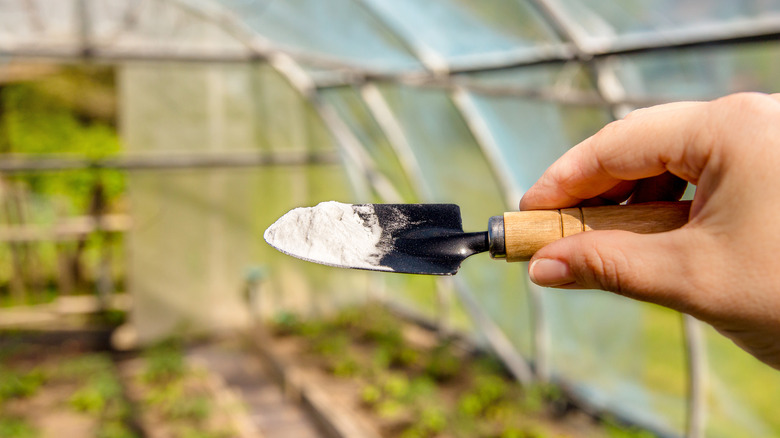Baking soda is well-lauded for its versatility when used around the house, from tackling difficult stains on hard surfaces to deodorizing smelly enclosures. Also used outdoors to turn hydrangeas different shades of red and pink, the household pantry find has established a presence in the gardening scene, with many turning to the product to give their hydrangea plants extra protection and a boost in vibrancy. Adding baking soda to your hydrangeas’ soil may supplement their growth while reducing opportunities for unwanted guests like pests, weeds, and diseases to harm your flowers.
Baking soda has an effect on hydrangeas because it’s capable of altering the acidity of their soil. Gardeners commonly use the pH scale when caring for hydrangeas since the acidity or alkalinity of the soil in which they’re planted directly impacts the outcome of hydrangea production each growing season. Hydrangeas grow best in soil that leans acidic, with a pH balance ranging specifically from 5.2 to 5.5. Though baking soda encourages alkalinity, mixing the right amount into your hydrangea’s soil can still promote growth, brighten blossoms, and rejuvenate the entire plant.
While baking soda is certainly no match for professional gardening products specifically engineered to improve the condition of your flowers, it’s a much cheaper alternative capable of getting the job done that may hold you over until you’re ready to invest in more advanced materials. Here’s more on the advantages of applying baking soda to your garden hydrangeas, as well as how to do so.
Promotes growth and protects against enemies

To begin, baking soda may prove useful when added to your hydrangea crop for many reasons, ranging from stimulating individual plant growth to offering protection against various threats hydrangeas may come across in the garden. Applying the product to the soil of your hydrangeas can introduce these positive effects, as can mixing it into the water you’ll use for irrigation. The substance acts as a protective barrier, keeping away annoying pests that may try to eat away at your hydrangea’s leaves, stems, or flowers, including insects and small, frequenting mammals like rabbits. Baking soda also fights back against powdery mildew that may appear on leaves after overnight condensation or contamination from other sources. Additionally, the product, when added to the plant’s soil, can prevent roots from frosting during the winter months, and acts as a coolant that keeps roots from losing all moisture during sweltering summers.
Simply mix a teaspoon’s worth of baking soda into two quarts of water and irrigate your plants as normal. If adding baking soda directly to your hydrangeas’ soil, apply a tablespoon of the product to the soil and stir until it’s evenly distributed before planting. Combine baking soda with some water and liquid dish soap to create a solution capable of eliminating mildew and other diseases that may attempt to kill your flowers. Be careful not to add concentrated baking soda directly to hydrangeas in large amounts, as too much baking soda may cause more harm than good.